Colic_Resonance therapy session_BIORESONANCE SOUND THERAPY
Colic is frequent, prolonged and intense crying or fussiness in a healthy infant. Colic can be particularly frustrating for parents because the baby's distress occurs for no apparent reason and no amount of consoling seems to bring any relief. These episodes often occur in the evening, when parents themselves are often tired.
Episodes of colic usually peak when an infant is about 6 weeks old and decline significantly after 3 to 4 months of age. While the excessive crying will resolve with time, managing colic adds significant stress to caring for your newborn child.
You can take steps that may lessen the severity and duration of colic episodes, alleviate your own stress, and bolster confidence in your parent-child connection.
Babies have been known to fuss and cry, especially during the first three months of life. The range for what's considered typical crying is difficult to pin down. In general, colic is defined as crying for three or more hours a day, three or more days a week, for three or more weeks.
Features of colic may include the following:
Intense crying that may seem more like screaming or an expression of pain
Crying for no apparent reason, unlike crying to express hunger or the need for a diaper change
Extreme fussiness even after crying has diminished
Predictable timing, with episodes often occurring in the evening
Facial discoloring, such as skin flushing or blushing
Body tension, such as pulled up or stiffened legs, stiffened arms, clenched fists, arched back, or tense abdomen
Sometimes there is relief in symptoms after the infant passes gas or has a bowel movement. Gas is likely the result of swallowed air during prolonged crying.
Music affects a person, it can calm and cheer up, sounds can heal. The therapeutic effect is due to the frequency fluctuations of various sounds that resonate with various organs of the body. Sounds have bioresonance compatibility with the vibrations of human internal organs, which is the basis of the positive effect of sound treatment. The sound vibrations of music trigger many mechanisms of higher nervous activity in the patient's subconscious and start the healing process.
Sound therapy does not replace medical treatment, but complements it, improves the positive dynamics of treatment and speeds up recovery.
TO ACHIEVE A POSITIVE RESULT, DAILY LISTENING TO VIDEOS IS REQUIRED.
#bioresonance #healing_energy #healing_frequencies
https://pin.it/2oG3HeK
Get rewarded for shopping online at 20000+ stores
https://www.befrugal.com/rs/CMVUAAJ/
https://www.extrabux.com/r/576e52f145
-
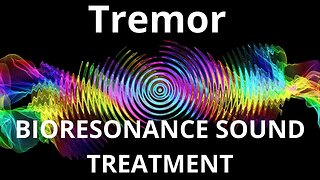 30:05
30:05
BIORESONANCE SOUND THERAPY
1 year agoTremor_Session of resonance therapy_BIORESONANCE SOUND THERAPY
132 -
 32:08
32:08
BIORESONANCE SOUND THERAPY
1 year agoStridor_Session of resonance therapy_BIORESONANCE SOUND THERAPY
54 -
 30:00
30:00
Sensory Sonic
5 months ago222 Hz Isochronic Tones With Atmospheric Relaxation Music | 30 Minutes Of Healing Sounds
398 -
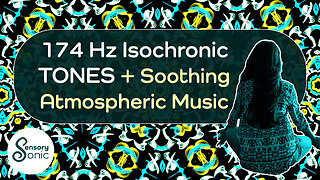 1:00:00
1:00:00
Sensory Sonic
5 months ago174 Hz Isochronic Tones + Soothing Atmospheric Music | Pain Relief, Deep Healing Solfeggio Frequency
452 -
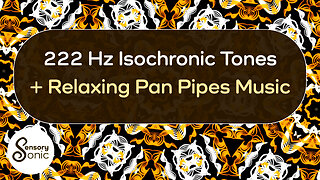 6:27
6:27
Sensory Sonic
5 months ago222 Hz Isochronic Tones With Relaxing Pan Pipes Music | Healing Frequency
3742 -
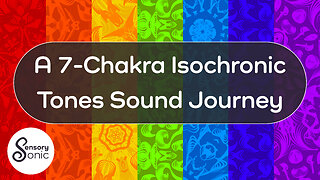 15:00
15:00
Sensory Sonic
6 months agoA 7-Chakra Isochronic Tones Energy-Balancing Sound Journey | Sound Healing Meditation | 15 Minutes
306 -
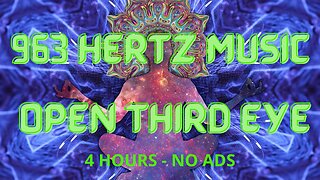 4:00:00
4:00:00
Auditory Ecstasy
1 year ago963Hz Total Body Cleansing Healing Frequency | Gain Unity Love Peace | 4 Hours Ambient Sounds
152 -
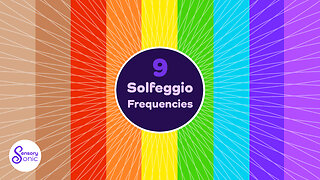 14:42
14:42
Sensory Sonic
7 months ago9 Solfeggio Frequencies | A 15 Minute Energy-Balancing Sound Journey | Sound Healing Meditation
1.59K1 -
 44:29
44:29
Sound Therapy Genius
1 year agoHealing Sound Therapy, Deep Healing Energy, Meditative Mind, Positive Healing Vibrations
41 -
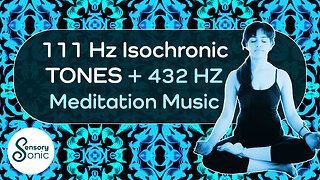 1:00:00
1:00:00
Sensory Sonic
5 months ago111 Hz Isochronic Tones With 432 Hz Meditation Music | Sacred Healing Frequency Combination
366